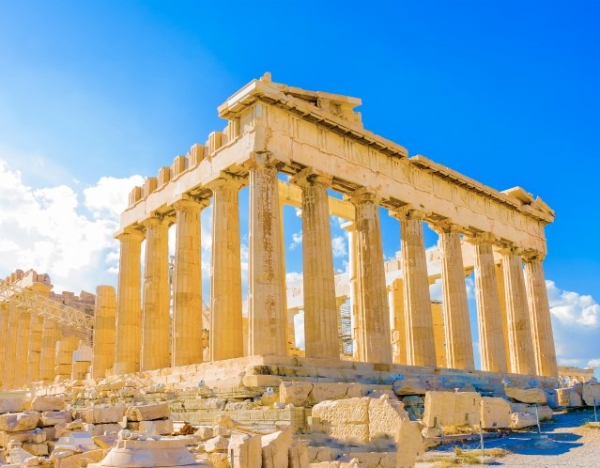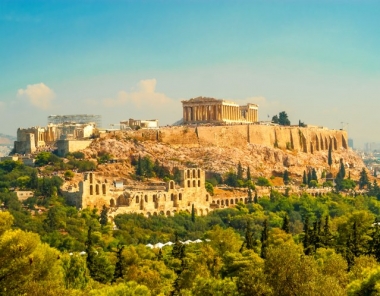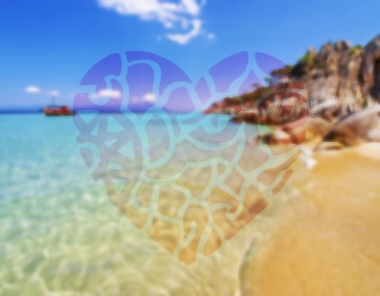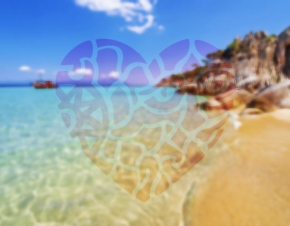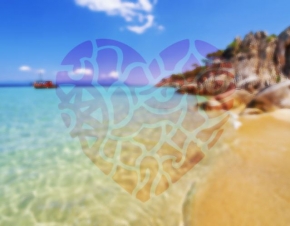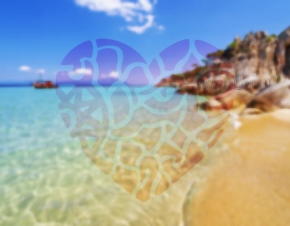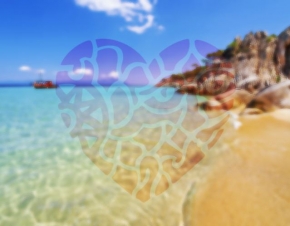The Erechtheum is an important temple at the top of the Acropolis, worldwide famous for its stunning Caryatids. According to mythology, this is the point where Athena and Poseidon quarreled over who will be the patron god of the city, with Athena being the final winner and thus giving her name to the city.
The temple was built between 421 and 406 BC, it is Ionic and quite peculiar, being built on two levels due to terrain's morphology. The temple took its name from the mythical king Erechtheus that is identified by some with Poseidon. It's construction material is the famous Pentelic marble and in the temple was a statue of the goddess Athena as well as a part of the sacred olive tree that the goddess gave to the Athenians. The temple was actually divided into two parts, one dedicated to Athena and another one to Poseidon, as Athenians did not want to dissatisfy any of the two gods.
Its worldwide fame stems, among others, from its external decoration and especially the Caryatids: Six female statues of exceptional beauty support on their heads the roof of the south portico of the Erechtheion. The Caryatids were probably symbolic guardian patrons of where according to legend was the tomb of Cecrops, the first king of Athens.
Today, the Caryatids are separated. Five of them can be found in a special hall in the new Museum of Acropolis, waiting for their sixth sister that is in the British Museum, along with other ancient marbles that Lord Elgin took from Greece during the Ottoman occupation.
The Parthenon lies at the top of the rock of the Acropolis and is the most famous temple worldwide. Its construction begun in 448 BC and the Parthenon we have today was inaugurated in 438 BC. Since goddess Athena was the patron of the city of Athens, the temple was dedicated to her. Inside the Parthenon there was once a statue of the goddess, made of gold and ivory.
The completion of the Parthenon was a collaboration between the architects Iktinos and Kallikratis, as well as the famous sculptor Phidias, who was responsible for both the sculptural decorations and the famous statue of Athena that is unfortunately lost today.
The temple of Parthenon is a unique architectural achievement that leaves every visitor speechless. The impressive and majestic view of the temple is achieved by using a series of mathematical ratios. Their application in the construction of the Parthenon, along with a series of special features (such as the slight inclination of the columns towards the interior of the temple) have created an aesthetically perfect result.
The temple is of Doric order and is one of the few ancient temples that were entirely made of marble. Actually, it worth noting that the famous Pentelic marble was used for its construction. The temple's metopes (fronts), the pediments and the frieze running around the Parthenon, are decorated with impressive embossed depictions. The sculptures have subjects taken from both Greek mythology (Titanomachia, Birth of Athena from the head of Zeus) and real life (Panathenaia), which are carved with an unparalleled technique that gave the Parthenon an unrivaled beauty.
In order to protect the Parthenon from the ravages of time and environment, many of its parts are gradually being replaced with replicas. The original parts of the Parthenon can still be admired in the modern New Acropolis Museum.
The Parthenon retained its original form until 5the century AD, when it was converted into a church, while in the Ottoman period it became a mosque. In 1687 when the Henets sieged the Acropolis, the Parthenon was hit by a shell that caused a great part of it to collapse. However, it seems that the monument was destined to suffer even more. Lord Elgin's looting caused new damage to the temple, striping it out of several sculptures that are now (together with one Caryatid) in the British Museum. The first attempts to restore the Parthenon begun around 1,900, while the maintenance and protection of this unique to humanity monument, continues unabated to this day.
Karavi beach is in Schinias, 45 km from the center of Athens, in Eastern Attica.
Karavi beach is fully organized, with sun beds and umbrellas and is one of the busiest in Attica, since it has almost everything. You will surely enjoy its vast beach and the crystal clear waters that have repeatedly been awarded.
In the 30 acres of Karavi beach, in a beautiful and welcoming environment, you will find everything you need. Restaurant, beach bar, beach volley court, water sports (pedal boats, canoes, SUP, etc.), even windsurfing school. And since Karavi beach is one of the most popular ones in Athens, it also has a huge parking for 1,500 cars.
More information concerning Karavi beach, can be found in www.karavi.gr.
Mavro Lithari beach lies in front of the luxurious hotel Grand Resort Lagonisi, at the 46th km of the avenue that connects Athens to Sounion, right after Saronida.
Grand beach is fully organized and you need an admission ticket to enter. Of course its lovely golden beach has sun loungers and parasols, while in the area there is also a pool for those who want an alternative to the crystal clear sea. The sportsmen will find in Grand Beach what they are wishing for: Facilities for all kinds of water sports, beach volley courts and tennis.
And after your swim, the high-level restaurant and beach bar await for you to enjoy lunch or drinks, overlooking the sea in one of the best organized beaches of Athens.
More information concerning Grand beach, can be found in www.lagonissiresort.gr.
About 30 km from the center of Athens, in Varkiza (Southern suburbs)you will find Yabanaki beach.
It is fully organized and you need an admission ticket to enter. Yabanaki beach has a unique sandy coast, marvelous blue waters, sun beds, umbrellas and a beach bar, while in its premises several happenings, events and competitions are often organized.
Yabanaki beach is preferred by those who love water sports, since here they can do almost everything. Water ski, banana, tubes and so many others await for you, along with a great swim.
More information concerning Yabanaki beach, can be found in www.yabanaki.com.
Avlaki beach is in Porto Rafti (Eastern Attica), about 35 km from the center of Athens.
Avlaki beach is organized, holds at least 6,000 people and you need admission ticket to enter it. It is a sandy beach with sun beds, umbrellas and beach bar. Due to its crystal clear waters, numerous Athenians and tourists visit it, especially on weekends, to enjoy a nice day at the beach.


